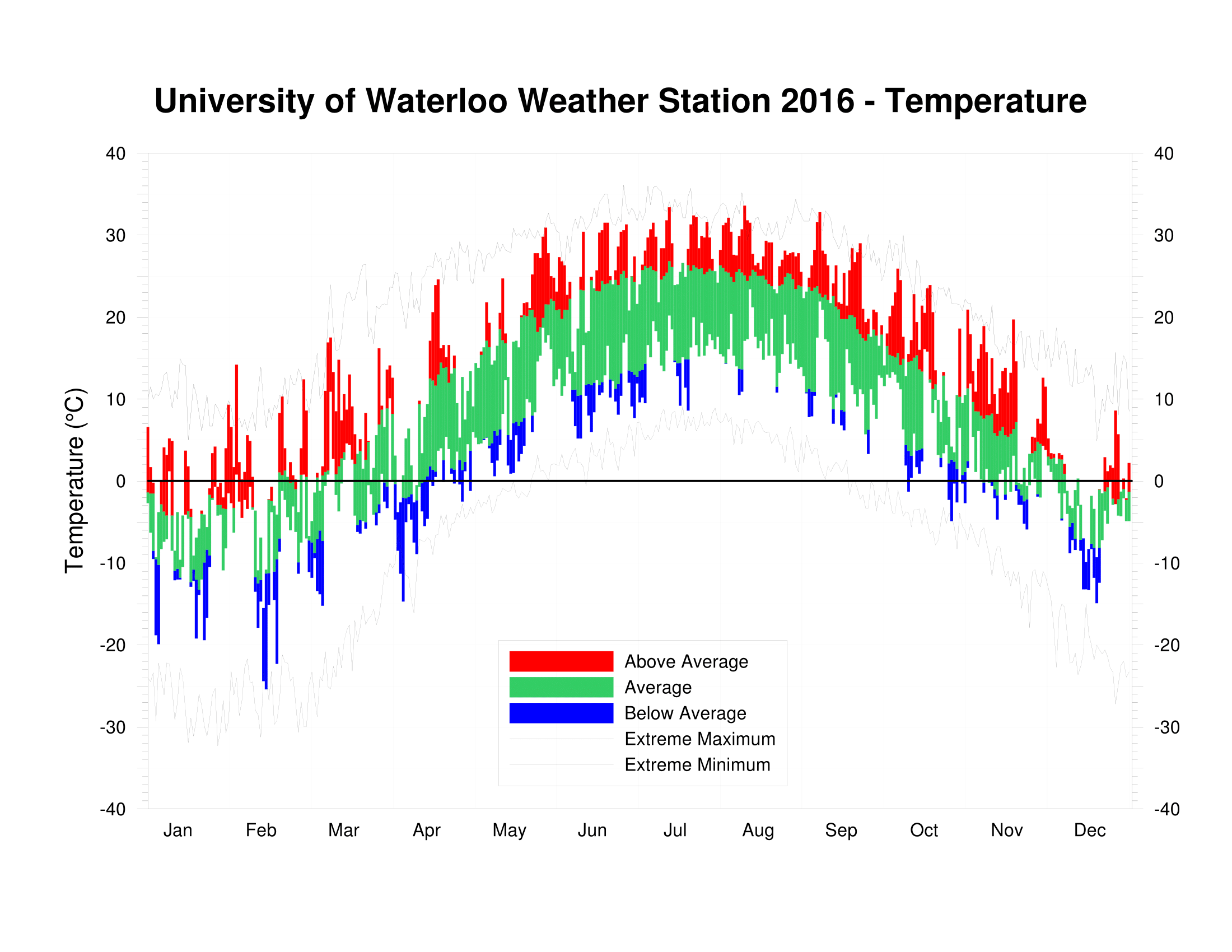

Pseudo-proxy experiments are conducted to further discuss the influence of noise and the requirements regarding the geographical location and number of proxies necessary for reliably reconstructing the low-frequency variability. We demonstrate how the unavoidable uncertainty related to noisy proxies will show up as bias and variance in the reconstruction and that the partition between these forms more » of errors depends on the reconstruction method. To shed additional light on the challenges of large-scale reconstructions, we investigate the spatial and temporal correlation structures in the observed temperature field and discuss the implications of these correlation structures regarding the required number and positions of proxies. Then, we discuss different proxy selection strategies, review previously used reconstruction methods, and discuss their ability to reconstruct the amplitude of the low-frequency variability. We begin with a review of available large-scale temperature reconstructions, focusing on the differences in low-frequency variability and the response to natural forcings such as major volcanic eruptions and changes in total solar irradiance.

Here we critically assess some of the many challenges related to large-scale multiproxy temperature reconstructions. Since systematic instrumental temperature records only extend back to the nineteenth century, such knowledge mainly relies on climate-sensitive proxy data. Knowledge of the temperature variability during the last one to two millennia is important for providing a perspective to present-day climate excursions, for assessing the sensitivity of the climate to different forcings, and for providing a test bed for climate models.


 0 kommentar(er)
0 kommentar(er)
